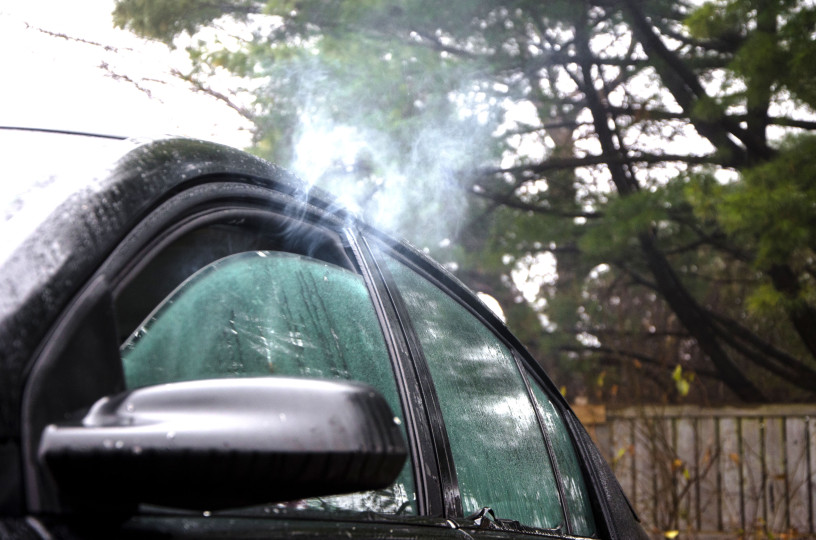Following the Liberal government’s announcement to legalize marijuana in 2017, some associations say a lot of work is still needed before legalization takes place.
The Canadian Automobile Association (CAA) is now lobbying for increased government funding for public education on the impacts of marijuana on driving.
CAA helped fund a study called “Cannabis & Road Safety: Policy Challenges” by Ottawa-based Traffic Injury Research Foundation (TIRF).
The qualitative study was conducted with 46 individuals who represented federal and provincial stakeholders.
“Our focus was to understand the context, issues and priorities for agencies in transportation, health and criminal justice because they are most likely to be impacted by drug-impaired drivers,” said Robyn Robertson, TIRF president.
In a November 2016 poll of just over 2,000 respondents, the CAA found almost two-thirds of Canadians are afraid road conditions will become more dangerous with the legalization of marijuana.
The poll also found that just over 25 per cent of people aged 18 to 34 believe a driver is either the same or better when driving under the influence of marijuana, and one in five Canadians have either driven or been driven by someone under the influence of drugs.
There is a clear need for education moving forward, according to Amy Orfanakos, CAA senior communications specialist.
“Whether that’s in regards to PSA commercials or actual handouts that can be distributed among universities and colleges and even high schools—there is a very clear need for something,” she said.
For people who don’t think marijuana affects their driving, Robertson said the reason is because marijuana impairs perceptions and the ability to self-assess behaviour.
“For example, marijuana-impaired drivers believe that they drive slowly, but if you look at the police report they are often picked up for speeding. They don’t perceive that they are speeding because their perception of time and distance are distorted,” she said.
At Carleton University, there is no current policy in place to apprehend students who drive under the influence of marijuana, said Jeff Condie, community liaison officer for the Department of University Safety.
Campus Safety will pull over the vehicle, conduct a traffic stop, and look for signs of impairment if a report is received of an impaired driver, Condie said.
Since 2008, police officers have had the tools to detect drug-impaired driving, according to Robertson. If a driver does not pass a standardized field sobriety test performed by an officer roadside, then they are taken to the police station and must undergo further evaluations by an officer who is a drug recognition expert.
Although drug and alcohol impairment are commonly compared, the study recommends Canadians avoid comparing the effects of the different substances.
“Yes, they are both impairing. Yes, they both pose risks. But the nature of the risks and the nature of the impairment are very consistent for alcohol, they are not consistent for drugs,” Robertson said.
While alcohol is absorbed through the bloodstream, drugs are absorbed through the brain, meaning different effects are related to each substance, according to Robertson.
But Condie said both can pose significant consequences.
“Drinking is more prevalent, but a lot of times [marijuana and alcohol] go hand in hand,” Condie said.
For the majority of marijuana-related offenses on campus—and depending on the amount —Campus Safety said they will deal with the individual internally after confiscating the drugs.
The CAA has provided the study to the Liberal government’s marijuana task force.
– Photo by Angela Tilley






